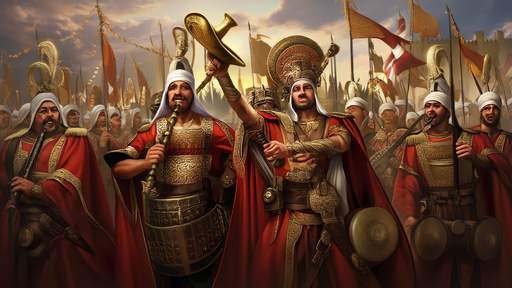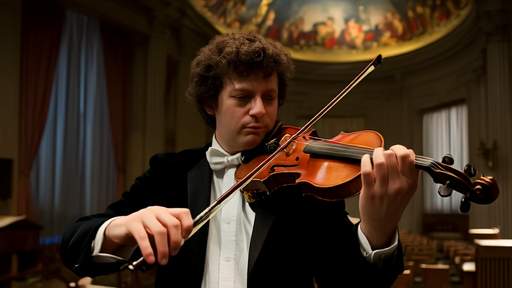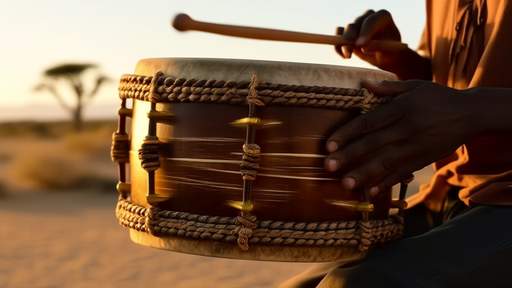The lyre of ancient Greece resonates through time as more than a musical instrument—it was the sonic embodiment of cultural ideals, divine harmony, and the Olympic spirit. Crafted from tortoise shell, animal horns, and gut strings, its delicate curves belied a profound significance. Unlike the raucous aulos (double flute) associated with Dionysian revelry, the lyre’s crystalline tones were considered sacred to Apollo, mirroring the balance between physical prowess and intellectual refinement celebrated at Olympia. Athletes trained to its rhythms, poets composed victory odes beneath its strings, and its very presence elevated the Games from mere competition to a celestial offering.
Legend claims the first lyre was invented by Hermes, who stretched cowgut across a hollowed tortoise shell to appease his stolen-cattle wrath. This mythological origin underscores its divine pedigree. By the Classical period, the lyre had become inseparable from Greek identity. Sculptors depicted gods cradling it; philosophers like Pythagoras used its intervals to unravel mathematical harmonies in the cosmos. At the Olympics, its role was liturgical—heralding processions, accompanying choral hymns to Zeus, and punctuating the pentathlon’s discus throws with measured cadences. The instrument’s seven strings (corresponding to the Pleiades) were tuned to the Dorian mode, believed to instill courage and discipline.
What set the Olympic lyre apart was its ritual specificity. Unlike theatrical performances where elaborate kitharas (a larger variant) dominated, Olympia’s lyres were austere, often unadorned. Pausanias describes ivory-inlaid specimens kept in the temple of Hera, played only by priest-musicians during sacred truces. The Spartans went further, mandating lyre-accompanied war dances as pre-Olympic training—a fusion of martial drill and musical meter. Such practices reveal a startling truth: to the Greeks, athletic excellence wasn’t brute force channeled, but a symphony of mind and muscle conducted by the lyre’s unseen hand.
The decline of the lyre’s Olympic prominence parallels Greece’s cultural shifts. Roman-era Games increasingly favored brass fanfares and hydraulic organ spectacles. Yet echoes lingered—in 67 AD, Nero infamously demanded a lyre performance mid-competition, warping tradition into narcissism. Today, reconstructions of ancient lyres based on vase paintings (like the 2500-year-old "Hermes" model in Thessaloniki) allow modern scholars to recreate the soundscape of antiquity. When plucked in Olympic museums, their vibrations still evoke the sacred dust of stadia where music and mortal striving once became one.
Perhaps the lyre’s greatest legacy is its metaphorical endurance. The Olympic motto "Citius, Altius, Fortius" (Faster, Higher, Stronger) finds its ancient counterpart in the lyre’s harmony—a reminder that true victory resonates beyond the physical. As modern athletes chase glory to electronic beats, the ghostly twang of gut strings whispers an older truth: the Games were never just about bodies, but the divine melody hidden within human potential.

By /Jun 6, 2025

By /Jun 6, 2025

By /Jun 6, 2025

By /Jun 6, 2025

By /Jun 6, 2025

By /Jun 6, 2025

By /Jun 6, 2025

By /Jun 6, 2025

By /Jun 6, 2025

By /Jun 6, 2025

By /Jun 6, 2025

By /Jun 6, 2025

By /Jun 6, 2025

By /Jun 6, 2025

By /Jun 6, 2025

By /Jun 6, 2025

By /Jun 6, 2025

By /Jun 6, 2025

By /Jun 6, 2025

By /Jun 6, 2025